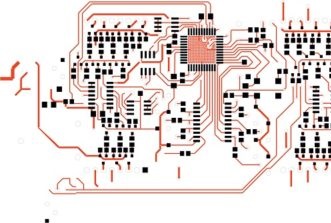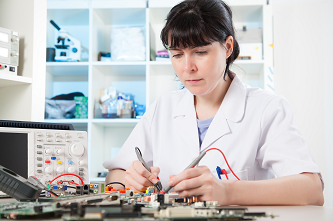This website uses cookies so that we can provide you with the best user experience possible. Cookie information is stored in your browser and performs functions such as recognising you when you return to our website and helping our team to understand which sections of the website you find most interesting and useful.
Red Pitaya Gen 2 Higher Performance Open Standards for Test Measurement
Red Pitaya has introduced the Red Pitaya Gen 2, representing a significant advancement in its goal to democratize test, measurement, and control tools for engineers, researchers, and developers globally. Now available, the next-generation board is a complete overhaul designed to meet the demanding needs of industrial and scientific environments.
For readers of eeNews Europe, this launch underscores a growing trend in the test and measurement sector: open, flexible platforms that provide lab-grade performance without the expense or complexity of traditional instruments. The Red Pitaya Gen 2 offers a compelling option for engineers and innovators looking for customizable, connected, and high-performance solutions for measurement and control.
Built for reliability and precision
Red Pitaya states that the Red Pitaya Gen 2 features a reinforced power system and optimized architecture to ensure stability even under heavy workloads, allowing for continuous operation in production and research environments. The company claims that Gen 2 offers a cleaner signal path and tighter system integration, enhancing repeatability and precision across various applications. With a modular design and open software environment, engineers can access FPGA-level customization and seamlessly integrate Red Pitaya into larger automated systems.
According to the company, “Gen 2 provides a cleaner signal path and tighter system integration, delivering consistent, repeatable results across experiments and applications.”
Expanding the reach of open instrumentation
Red Pitaya initially disrupted the lab bench with its all-in-one open-source instrumentation concept, transforming oscilloscopes, signal generators, and spectrum analyzers into software-defined tools. With Gen 2, Red Pitaya is establishing a new standard for performance and reliability while retaining the openness that made the original popular among engineers, educators, and makers.
“Now, with Generation 2, we’re raising that standard once again,” the company stated. “The new architecture not only offers improved performance but also enables smarter, more connected, and more robust systems that are prepared for the future of research and industry.”
Applications for the Red Pitaya Gen 2 span across aerospace, photonics, communications, medical technology, and quantum research. The company highlights that Gen 2’s open software and accessory ecosystem make it adaptable to evolving needs, supporting both rapid experimentation and long-term deployment.
Source: Red Pitaya














